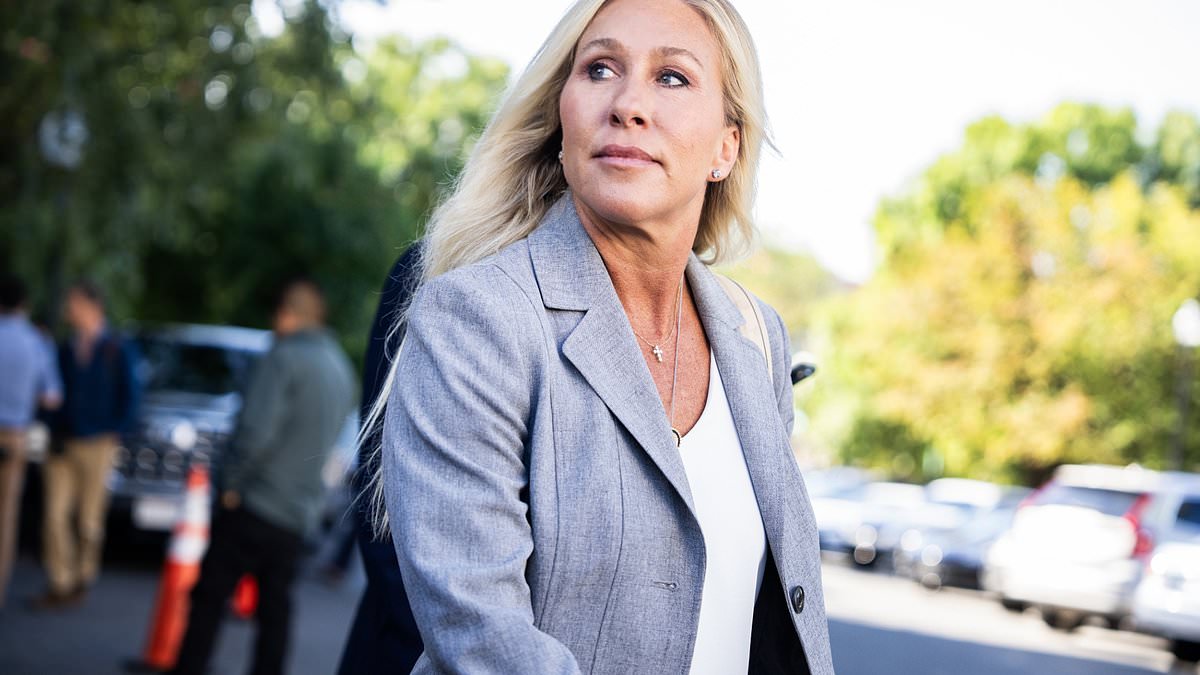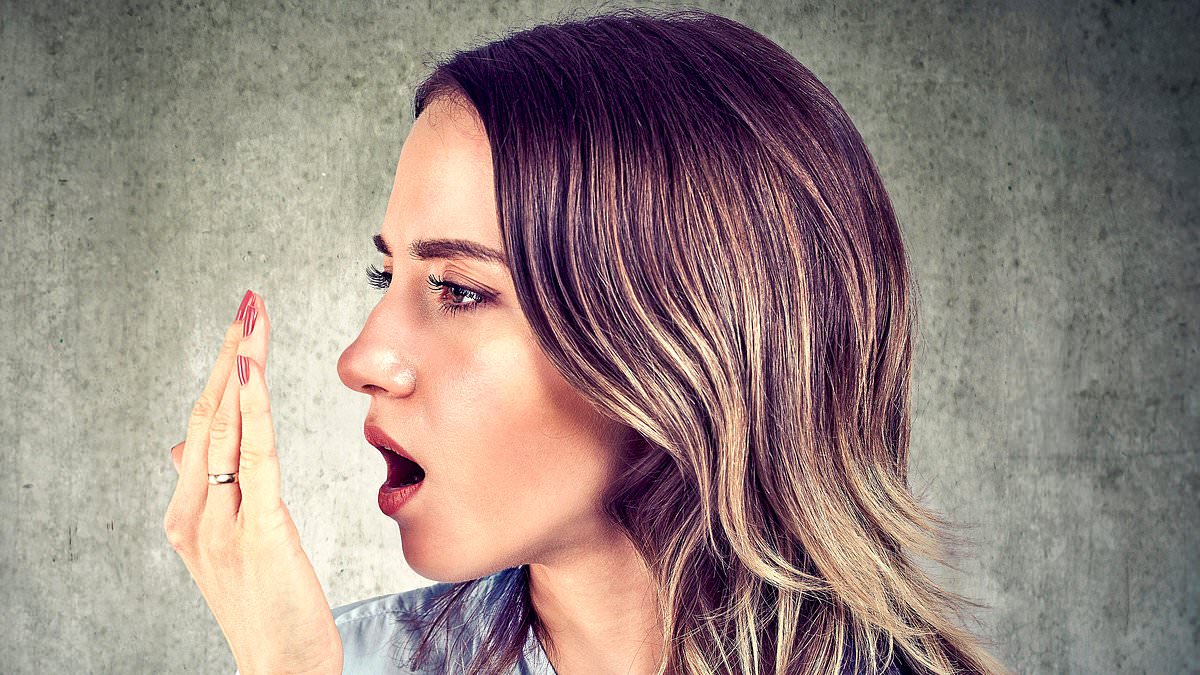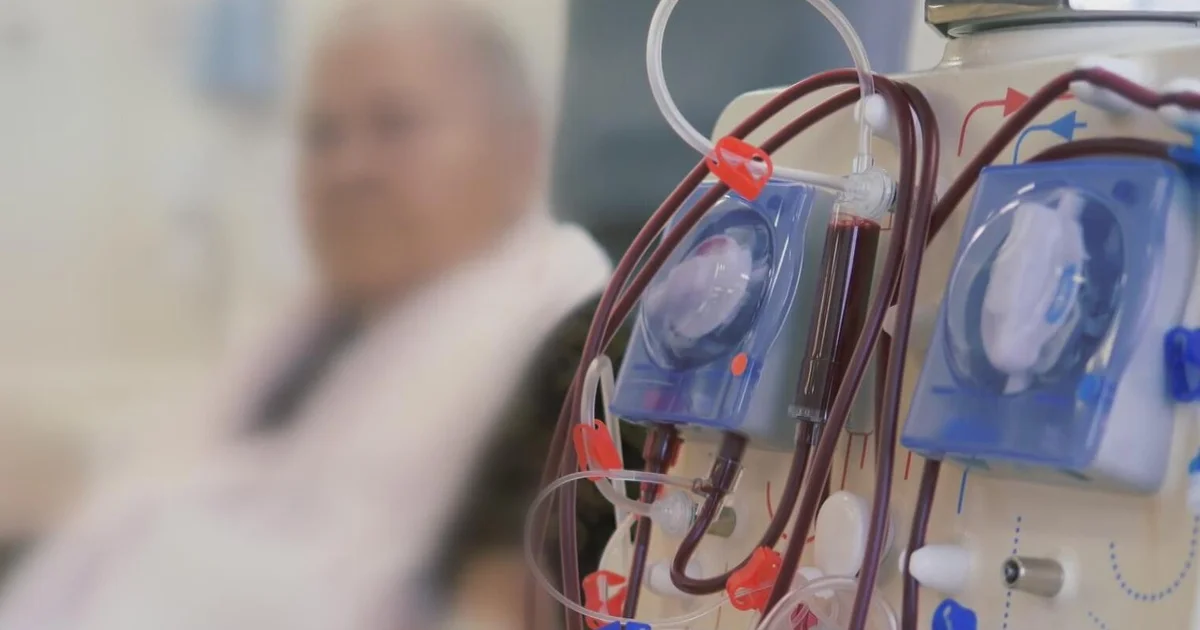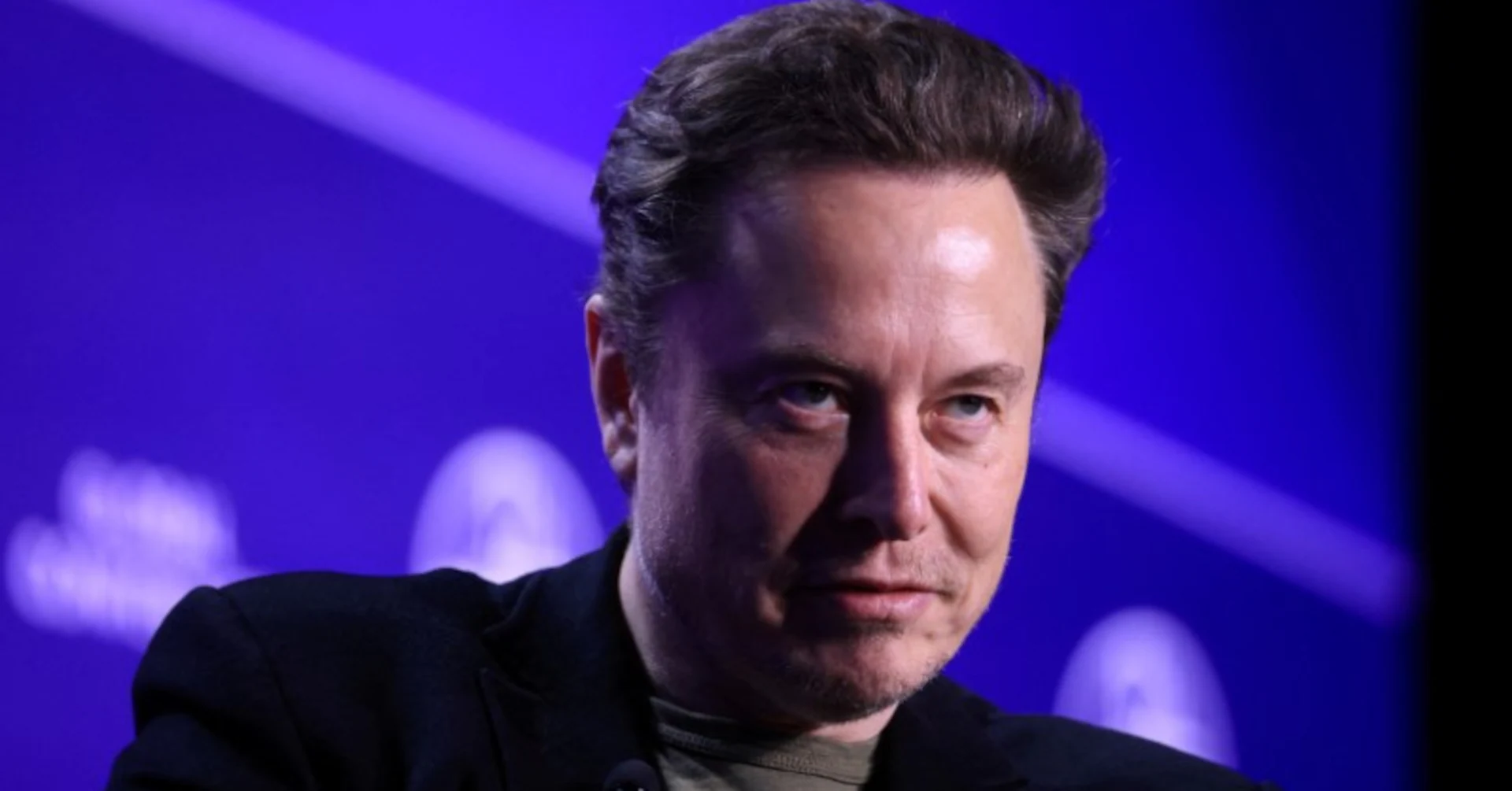Copyright newsday
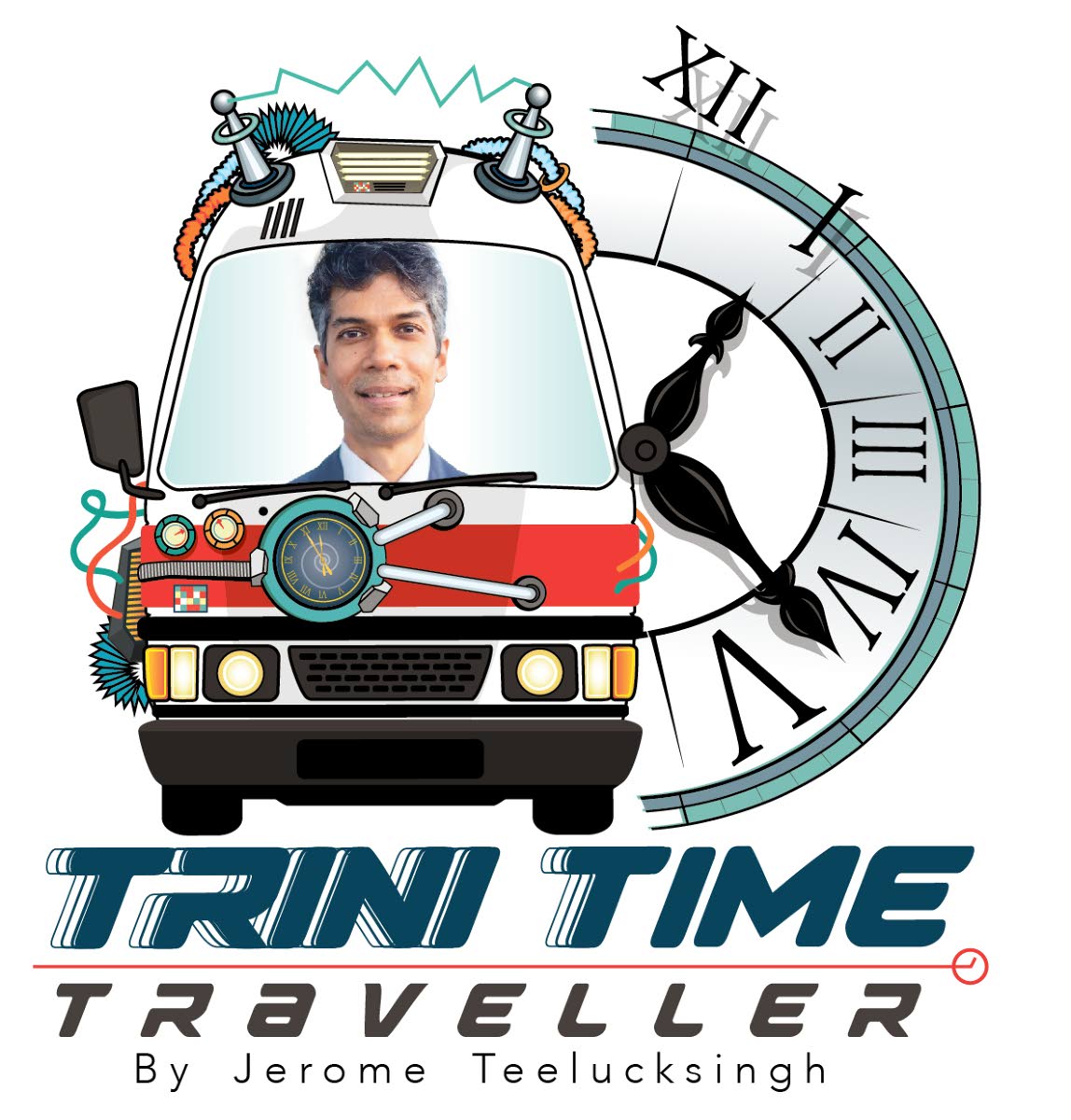
RECENTLY, I visited a residential neighbourhood and was surprised to see almost 100 children walking with their siblings and parents. The children were dressed in costumes depicting vampires, ghosts, Frankenstein and werewolves. They clutched small bags and plastic containers (shaped like pumpkins) and were moving from house to house collecting sweets. About a quarter of the adults also wore costumes. Two parents said that most of the costumes and candies were purchased at local stores and some were from online shopping. I felt as if I was in an episode of Twilight Zone. I could not believe that Halloween had this growing appeal. Maybe I was overly judgemental or excessively critical of this new sub-culture that was becoming sanitised, mainstream and almost holy. I soon learnt from a resident, whose gate had plastic cobwebs and spiders, that some neighbours tried to foster a community spirit and had organised observances of Divali, Eid and Christmas. However, there were poor turnouts. I asked about carolling during the Christmas season. The disillusioned resident shook her head and said that trick-or-treating had the greatest appeal for neighbours and children. Before leaving I stopped three of the children and asked if they knew local folklore as Papa Bois. All had blank stares. One nearby parent said, “those creatures are evil.” When I departed it dawned on me that this joyous celebration of Halloween did not suddenly emerge. For more than five decades we have been fed a diet of horror. And it is not confined to movies but also in novels by authors such as Stephen King. It seems a wastage of money when we consider the millions of dollars spent producing these movies and television shows. It can be argued this art form is freedom of speech but we also need to ask: is it a blatant abuse of democracy? And have some of these movies or novels crossed the boundary of culture or art? In the last two decades there has been a steady roll-out of bone-chilling suspense, thriller/horror movies such as Halloween, Wrong Turn, The Exorcist, Saw, Scream and Friday the Thirteenth. The popular Twilight movies (involving werewolves and vampires) have romanticised horror. Slasher movies depicting grisly murders are no longer the domain of Hollywood. Other countries have produced and exported similar cultural garbage. It is cultural imperialism. The popularity of this genre of movies is so widespread that the sequels and prequels have been profitable. Is there an impact on the human mind? In 1999 an article, “Tales from the screen: Enduring fright reactions to scary media,” was published in Media Psychology. It was based on a study that revealed that some participants who viewed these types of movies displayed “residual anxiety.” Yes, mental health is also affected. In February, NeuroLaunch published an article titled "Horror Movies and Mental Health," and observed that scary films contributed to the “development of phobias or even symptoms similar to post-traumatic stress disorder (PTSD).” There is a need for a serious research on the positive and negative impacts of such movies on the Caribbean. The research might prove that the value of life is cheapened and violence glorified. Violence and killings in horror movies contribute to the depersonalisation and also desensitisation to real-life violence. This is important in understanding how evil and crime have become normalised. During the past two decades we have our local, daily horror movies containing violence, kidnappings, murders, fear and gore. And one question that can be raised is: could it be directly linked to the quality of movies being transmitted into our homes? Those seeking answers to the possible causes of dysfunctional families and violent communities do not have to look very far. Interestingly, some strongly argue that the event is harmless and children participating in Halloween benefit from social interaction and creativity. In 2020 there was an article in Psychology Today, titled “Why Halloween Can Be Therapeutic,” and the author claimed, “Halloween can allow people to face their fears with humor and fun.” In October 1968, the local Express published a small notice from the St James Youth Movement All Souls announcing “a general meeting of all Witches and Wizards at the old haunt, St James Youth Centre, back of the Western Cemetery, at the bewitching hour (dusk to dawn) on November...” and “everyone is asked to wear black, white or witches’ attire.” I wouldn’t be surprised if Halloween is eventually included in the curriculum of our schools. And, maybe in the next century, Halloween will be on our calendars or be a public holiday.
